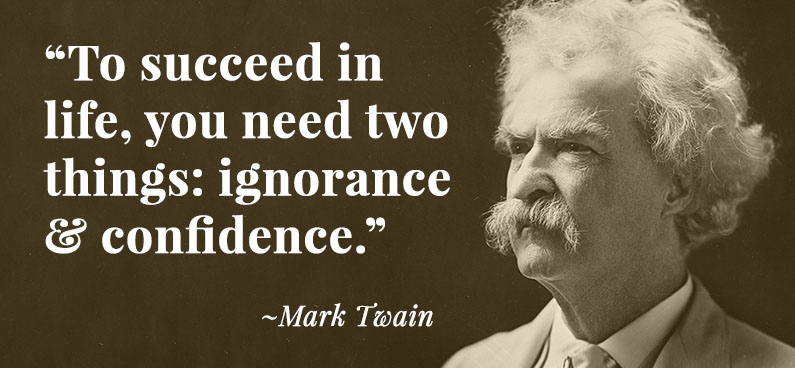
by Herb Exchange | Mar 8, 2017 | A Year in the Life.., Inspiration, Miscellaneous |
“To succeed in life, you need two things: ignorance and confidence.”
–Mark Twain
Couldn’t have said it better myself However, I’d say it a bit differently:
“If I knew then what I know now, I may not have ever tried”
–Briscoe White
Which is just another way of saying that I was didn’t realize how much I didn’t know, but I had the confidence (and stupidity) to just keep going.
The easy part was the first 20 years; gave up a promising career in my mid twenties, but at that point, I had nothing to lose and I didn’t really like my job anyway. No kids, no mortgage and some crazy ideas about making a living by doing what I loved. That pretty much worked for 2 decades. I had a thriving store, great employees, wonderful customers and greenhouses that pumped out plants that people wanted to buy. I’m not saying it wasn’t hard work, but it was a helluva ride. Spring and fall, we worked like mad. Summer and winter, we sat back and occupy ourselves with travel, vegetable gardens, a bit of hunting and raising a bunch of kids. (more…)
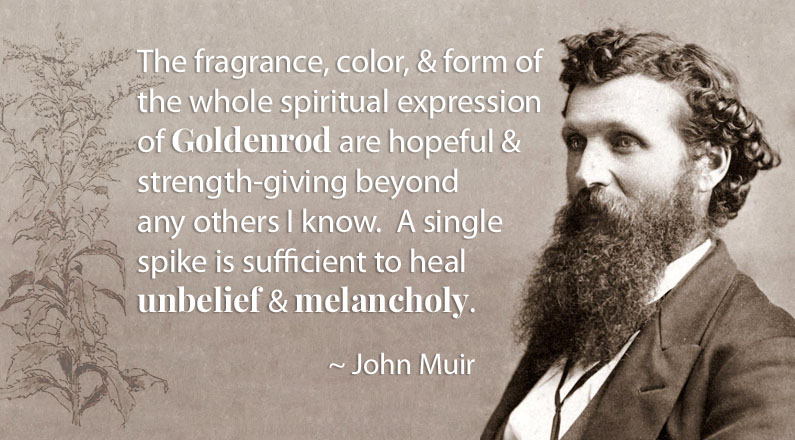
by Herb Exchange | Feb 20, 2017 | Flowers, Gardening, Growing, Herbs |
And The Winner Is….
Congratulations to the winner: Solidago has been named the 2017 Notable Native Herb by the Herb Society of America. We won’t be hearing any impressive acceptance speeches from the winner, so let me do the honors:
‘I would just like to thank the academy, well actually, the Herb Society of America, for this incredible honor. I am truly speechless’
Or, if John Muir were still among us (and boy, do I wish he was) we’d use his own words:
The fragrance, color, and form of the whole spiritual expression of Goldenrod are hopeful and strength giving beyond any others I know. A single spike is sufficient to heal unbelief and melancholy
(more…)
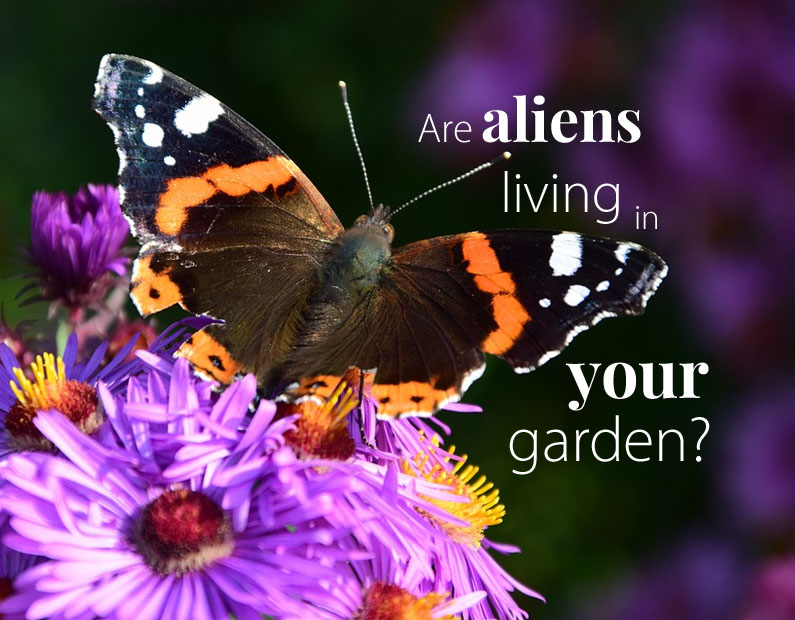
by Herb Exchange | Jan 27, 2017 | Gardening, Growing |
Probably.
Most of the landscape plants found in local nurseries are “alien species”; they are usually non-native plants also referred to as “exotic species”. These plants can become invasive, competing with our native species and doing real damage to habitat.
Now, I realize that this is beginning to sound a bit political ~ ‘non-natives’ and ‘invasive’ sound like “fighting words” but I promise I am only referring to plants, folks. And, my end game is to make sure I do what I can to educate, not “build walls”.
I want to be clear about one point: not all non-natives are invasive. There are plenty of “exotic species” plants that do not cause any environmental harm. Lots and lots of common garden plants, like the friendly petunia, wouldn’t hurt a fly. On the other hand, if you are in the South, think KUDZU and you get the point. (more…)
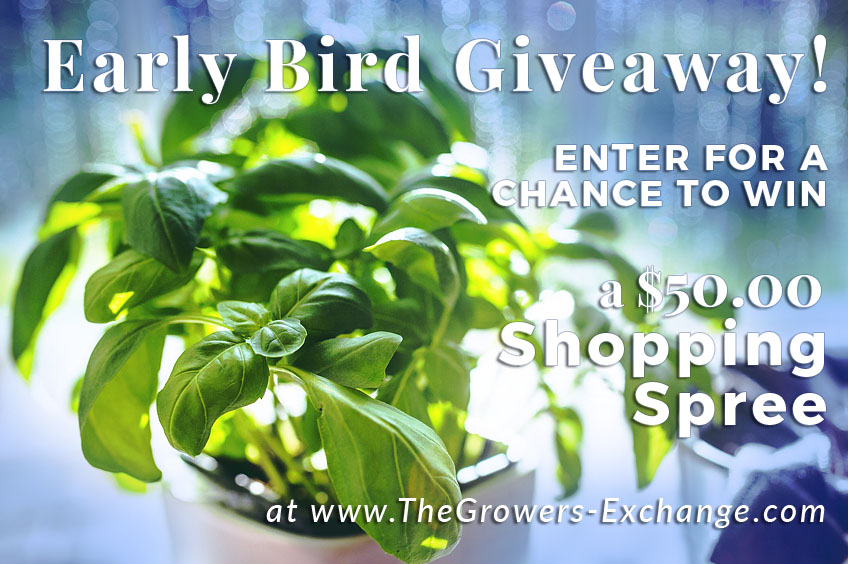
by Herb Exchange | Jan 13, 2017 | Giveaways |
It’s never too early to start thinking about your spring garden. We have over 170 plants & herbs that will be ready for spring shipping & planting this year. In celebration of this coming spring gardening season, we’re giving away a $50 shopping spree on our website, The Growers Exchange. Enter using the app below for a chance to win. The winner will be picked on Groundhog Day, February 2, 2017.
(more…)
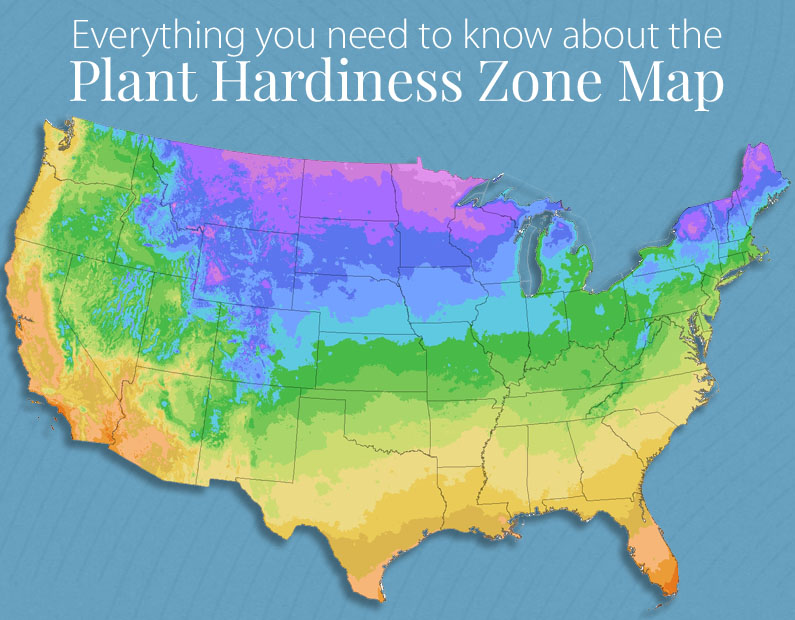
by Herb Exchange | Jan 11, 2017 | Basics, Gardening |

You’ve Seen the Pretty Colors, on the USDA Plant Hardiness Zone Map So What Do They Mean?
The USDA and Harvard’s Arnold Arboretum established a set of guidelines, a Zone Map, to help gardeners figure out how well a particular plant would survive the winter cold in their particular area. The first zone map was created in 1960, followed by a revision in 1990; both used historical weather patterns, and the Hardiness Zone Map was created dividing the US into 13 Zones. Looking at these earlier maps, you can see that each hardiness zone differs by 10F. The ‘Gold Standard’, the current map, was updated in 2012 using sophisticated methods and equipment; the new version added 2 new zones (12 and 13) and further divided into 5 degree Fahrenheit zones using “A” and “B”. This version includes a “find your zone by zip code” feature – a pop up box will provide the zone, giving gardeners the exact coldest average temperature for the zip code, and the latitude and longitude.
(more…)





